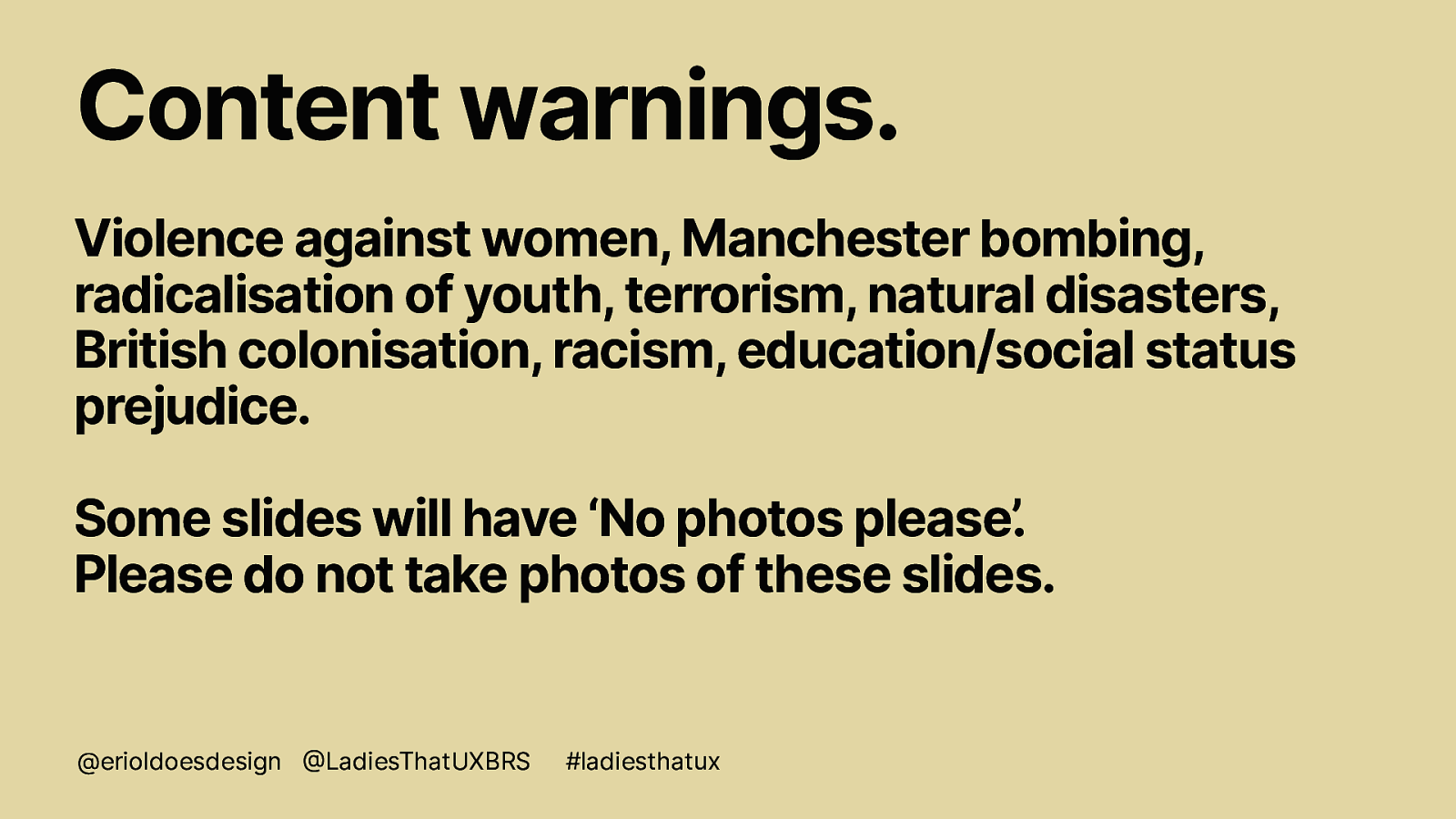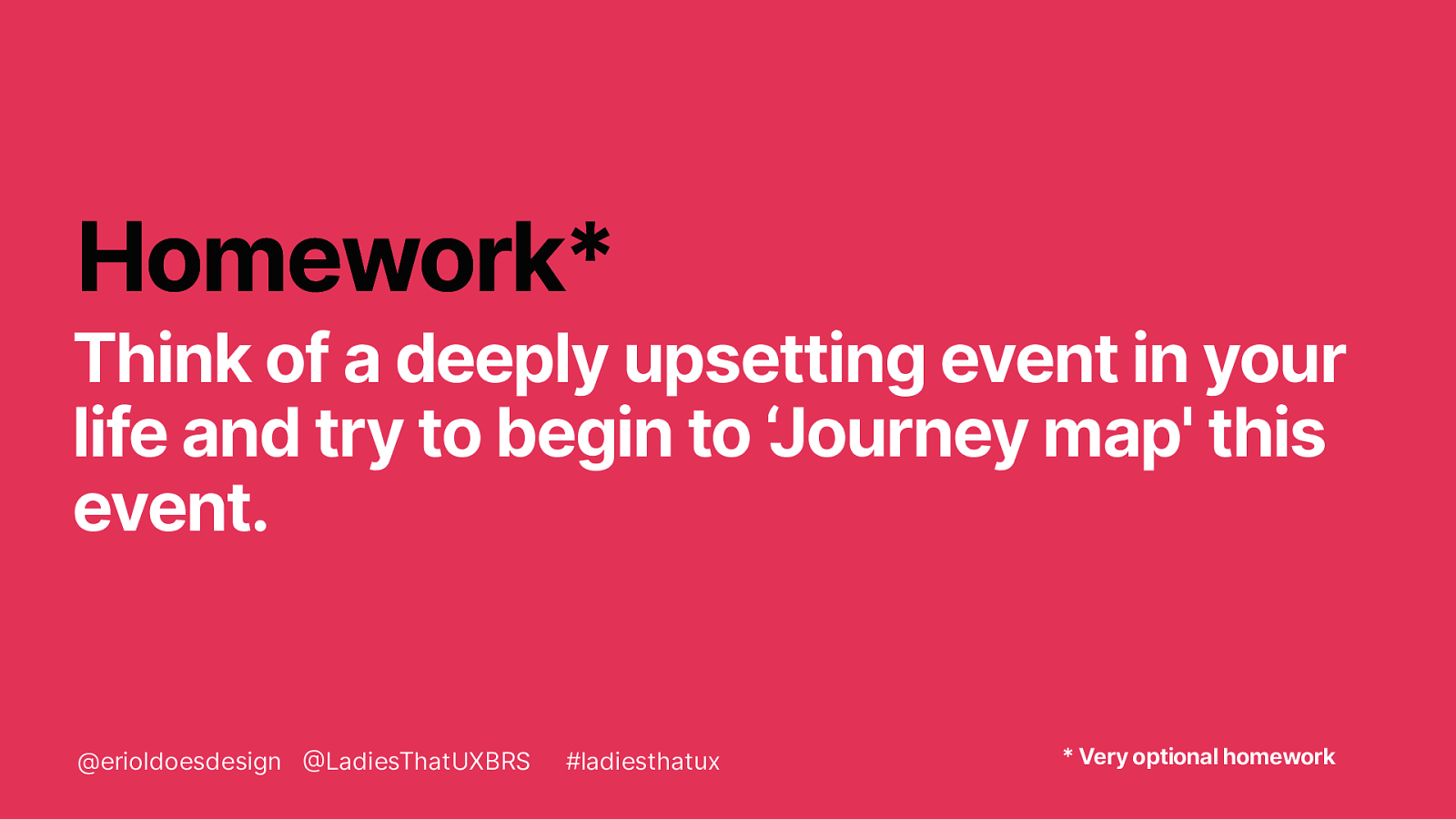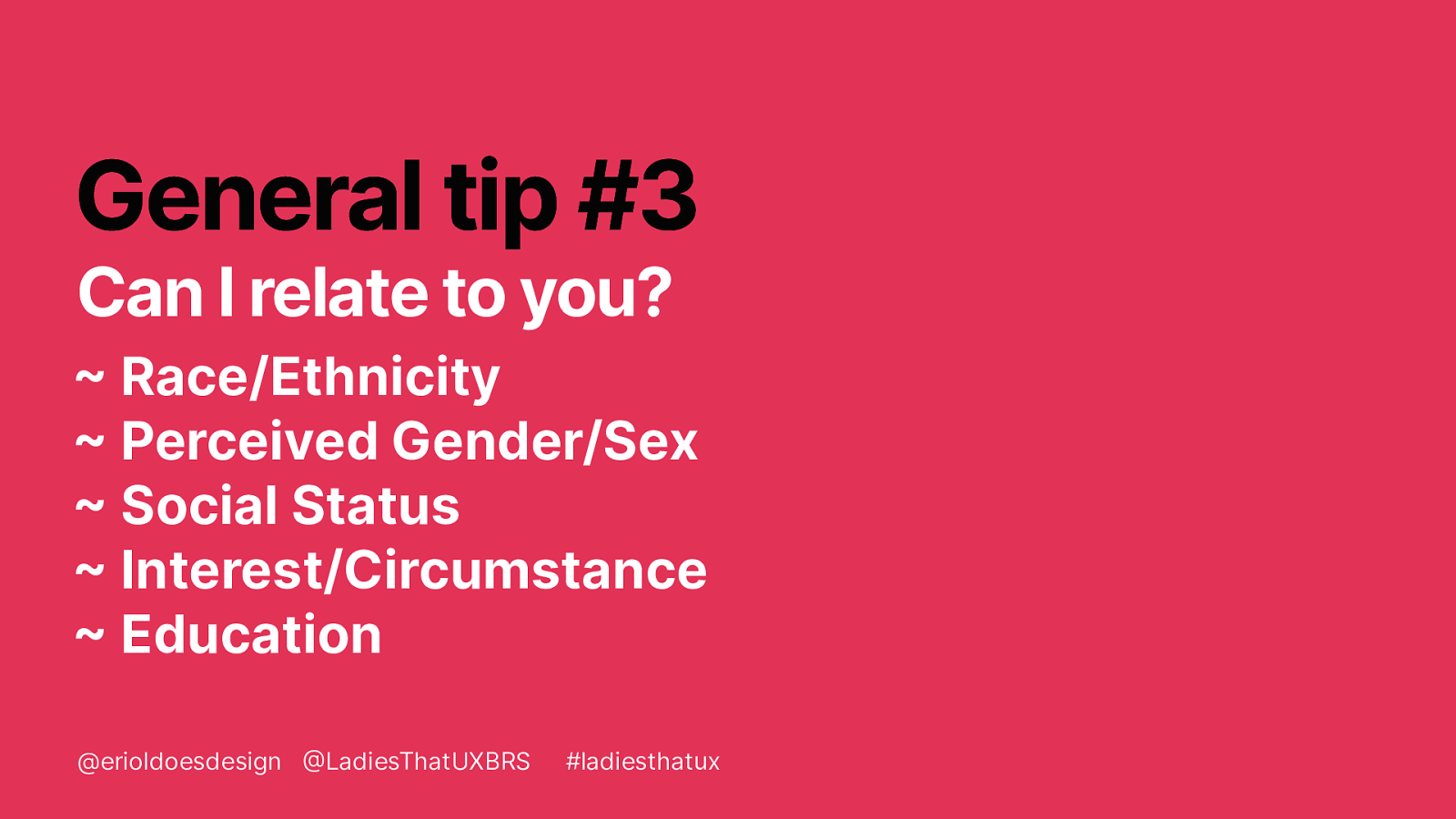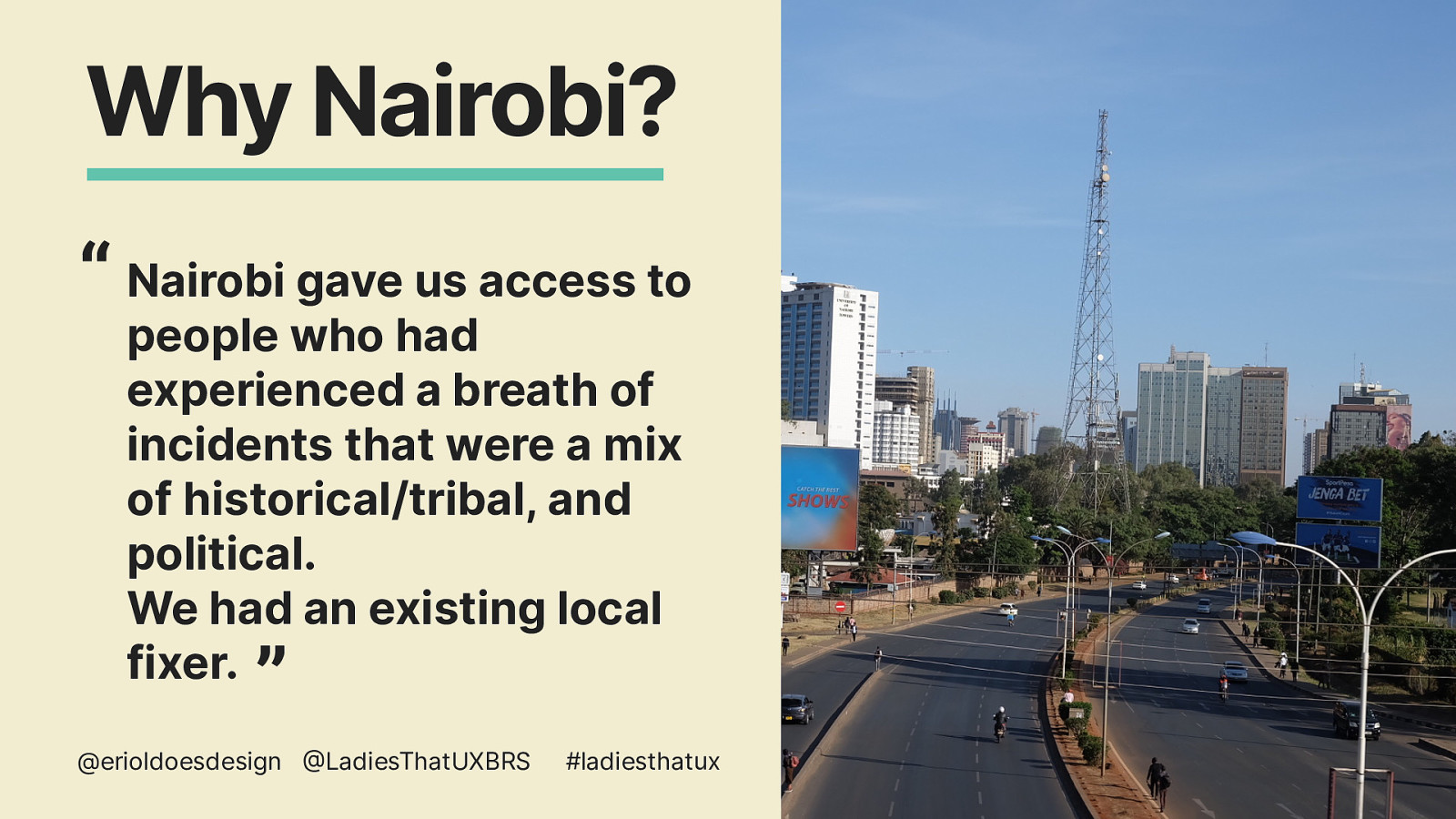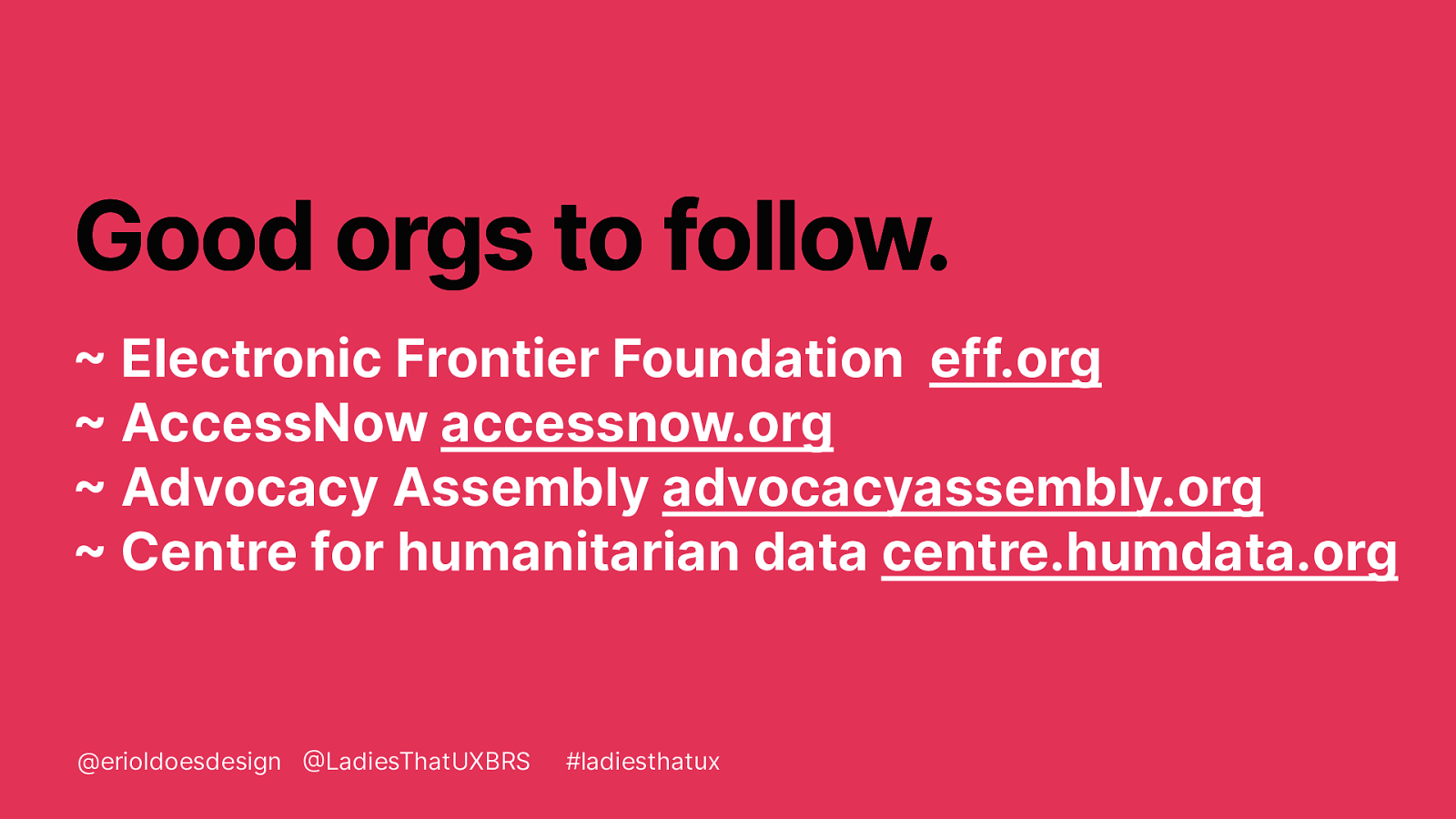UX research & ethnographic design for humanitarian technology.
Welcome to this in-depth look at UX research and ethnographic design approach for humanitarian technology.
Peace + Tech. Disasters + Tech.
I’ll be covering two specific projects, one that was research only where the end ‘product’ was a discovery and a university modules/guidance/reporting on peace and technology and another project where the research and fieldwork was centred around a minimum viable product (MVP) and inputted into the second iteration of the product.
I’ll also be offering general tips and advice for undertaking UX research or ‘field work’ in a country or community that isn’t one of your origin or comfort.

